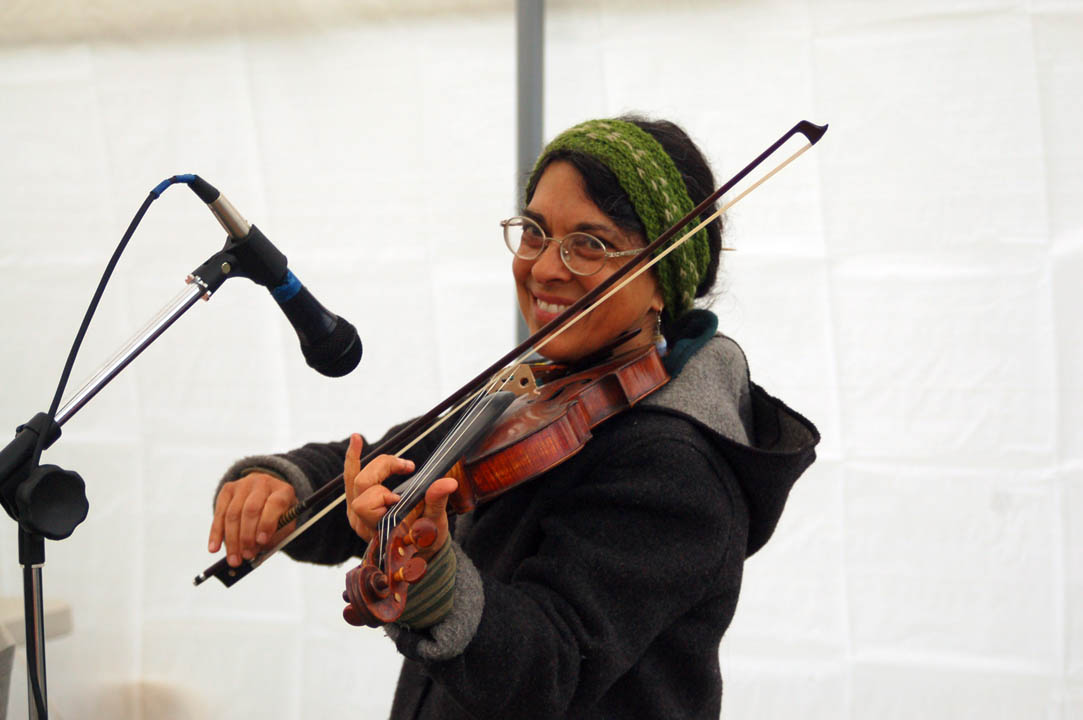Taking a glance at the Homer Council on the Arts online Artists Registry, one thing pops up immediately. There are way more than 18 artists, writers, dancers and musicians on the lower Kenai Peninsula.
That deficit is something HCOA would like to change by inviting more artists to participate. With volunteer help from web and page designer Jody Mastey of Fiddlehead Creative, last summer HCOA started the online, interactive registry. A free service, the Artist Registry allows people working in any creative discipline to join the directory and create a page with information about their work.
“It’s about giving the artists web presence,” said HCOA Executive Director Gail Edgerly. “The idea is to give the artists an opportunity on how they want to interface with the community.”
Mastey put it more directly.
“It’s a marketing tool for artists, is what it is,” she said.
HCOA started the project a few years ago when it did a redesign of its website at homerart.org. It saw the need for a resource when people would call the arts council looking for creative people, such as a wedding photographer or musician.
“We get calls all the time,” Edgerly said. “I don’t have the answer unless I have personal experience. There are way more artists out there than I know of.”
The registry is as inclusive as it can be. It includes listings for writers, musicians, jewelers, photographers, visual artists, music teachers and even a musical instrument repairer. The registry is for anyone with an art-related talent or service they want to make accessible through a web presence to the public. To keep the registry simple, artists with multiple talents can have a registry for each genre.
For example, Lindianne Sarno, a Homer musician and teacher, has a page for the music side of her career, but also one for a historical novel she wrote, “Greensleeves.” Another artist, Cindy Nelson, has separate pages for her jewelry and mosaic art.
When Sarno was building her Artist Registry page, she said Mastey suggested she do two pages.
“Think of the user if you’re an artist with a couple of disciplines,” Mastey said. “We want to make it easy for people to find.”
Mastey said she tried to make the page setup and design simple and user-friendly. To join the registry, artists register with the site, setting up an account with a user name, password and email address. At a minimum, an artist’s page has a photograph and a brief description of the artist’s work with contact information. The photograph is used as a thumbnail for the artist’s page, and also provides images for a slideshow on the main site. Biographies, resumes and portfolios can be added.
Artists can add links to Facebook, Twitter, Pinterest and other social media sites. Musicians can link to YouTube videos and other media websites. Artists with home studios can offer tours of their studios if desired. Artists who show at galleries or have books at stores also can link to
physical addresses. The registry has “help” and “frequently asked questions” sections, with a contact link to Mastey if artists need help.
“My goal is to make it as intuitive and streamlined as possible so no one needs to contact me for help,” she said.
Sarno said the Artist Registry already has led to a few students calling her for music lessons. She’s a good example of how the registry can interface with a street presence. Sarno used to have a studio out of town, but recently opened a music studio on Pioneer Avenue next to the Hillas Building.
“Having a place downtown is a big difference,” she said. “This way I actually have a student or two who walks over after school. People stop in and say ‘Can I have your card? I heard music.’”
She sees the Artist Registry as collaborative rather than competitive, Sarno said. She’ll use it to refer people to other artists.
“The other thing that’s been good about the Artist Registry is it has increased our sense of community with other artists,” Sarno said.
The community can grow its web presence through the registry.
“The more the better. There’s so many artists in this town,” Edgerly said. “It’s a way to bring together in one place all the art forms.”
The Artist Registry and Mastey’s assistance helped Sarno overcome her lack of computer skills, she said.
“I couldn’t have done that. It was a fantastic service that was offered by the Homer Council on the Arts,” Sarno said. “I’m not a computer person. I’m a musician and a writer. … I want to commend Jody for staying with it and bugging me. It was just great, just excellent.”
The Artist Registry also will help with another HCOA project: Community Art, or CArt. CArt will be a resource for networking between artists and people who are homebound, Edgerly said.
“It could be an individual going in to sing to the person. It could be a group, somebody playing the guitar, a craft project,” she said.
To build programs like that, though, the Artist Registry needs more artists.
“Once it gets going, it will be a great resource for the artists in the area,” Mastey said. “It’s a collection of that creative energy we have here.”
Michael Armstrong can be reached at michael.armstrong@homernews.com.
Artist Registry
Homer Council on the Arts
What: A resource guide for people wishing to connect with artists, writers, musicians and anyone working or teaching in the arts
Who can sign up: Visual and performing artists, musicians, musical groups, writers, poets, teachers, instrument makers and repairers, jewelry makers and others
How: Visit the Artist Registry online, create an account, gather materials and information, and create a page
For more information:
HCOA, 235-4288
registry.homerart.org


